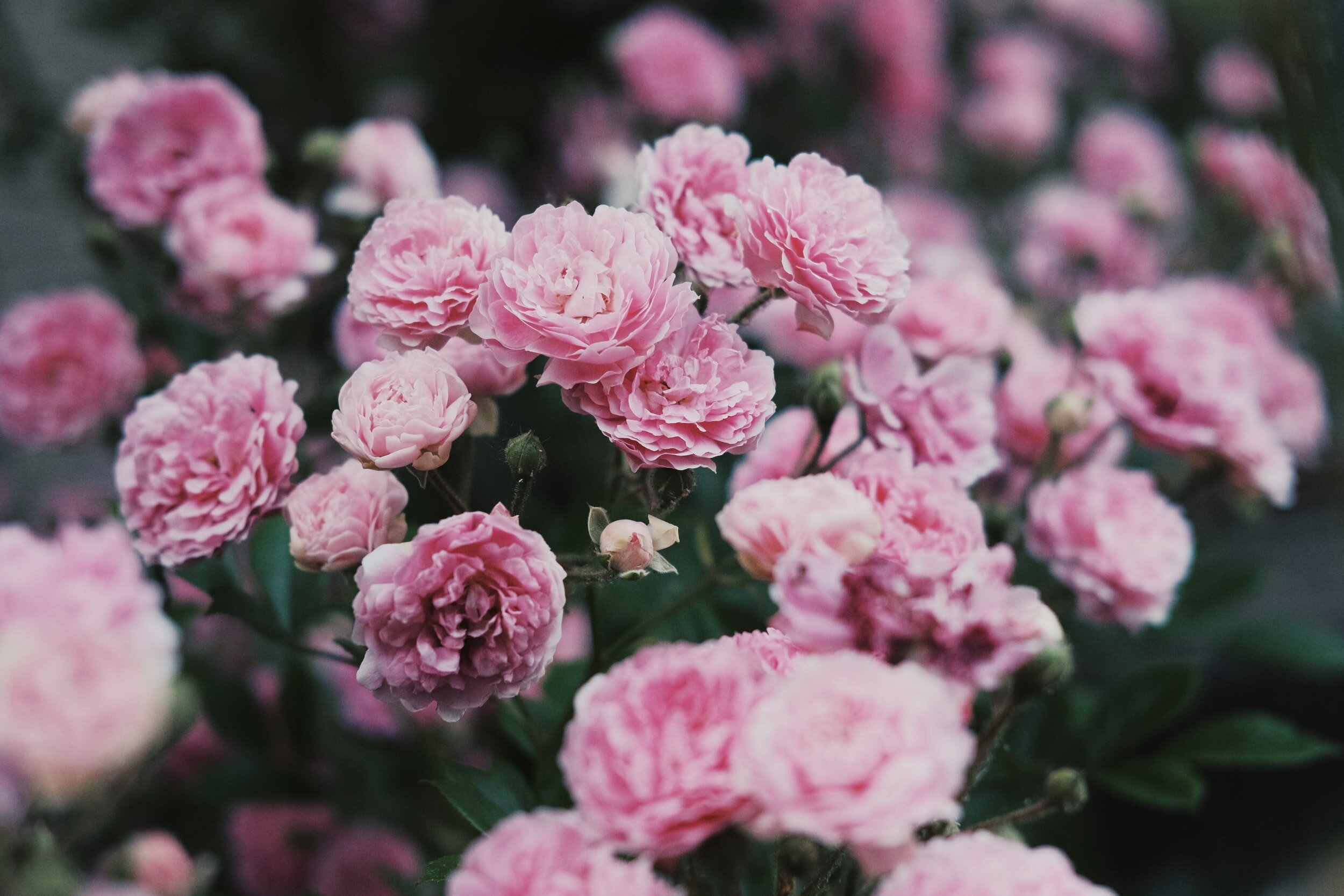
Our Traditions
Explore our two favourite traditions at Abreast In A Boat, an inspiring race to honour the memory of one of our brave members and an inspiring ceremony which colours the waters in pink and fuchsia!
The Sandy Smith Global Race
Sandy joined Abreast In A Boat in 1997 and was the first person to hold the position of Global Liaison. Sandy became the contact person for other women to start their own breast cancer dragon boat team. It was a role she fell into by accident, one that became her passion and eventually almost a full-time job. Many of the teams around the world including Australia, New Zealand, the United States of America, other parts of Canada, and Singapore benefited from her unstinting efforts.
Sandy passed away in February 2005. For several years she quietly and bravely fought her recurrence and continued with her Global Liaison work as her health permitted. She was a woman of incredible courage, perseverance, and conviction.
At the first International Breast Cancer Dragon Boat Regatta held in Vancouver, B.C. a new tradition was born. To acknowledge and honour Sandy’s contribution to breast cancer dragon boating worldwide, representative crews from around the world competed in The Sandy Smith Global Race. Since then at all international breast cancer festivals this race is held in her honour. Sandy’s legacy continues.
The Sandy Smith Global Race Trophy was given by a representative from the Smith family to the first place team in this specialty race in Vancouver 2005 and Australia 2007. Although the winning team does not get to keep it, a tradition was started by Abreast In A Boat in 2007, of giving a commemorative pin to each paddler so that they would have something to keep from their participation in this race. The original trophy, which was a beautiful Chinese Jade Magic Flower Puzzle Ball trophy, has been retired.
The Flower Ceremony
A short clip from the movie In The Same Boat, featuring Dr. Don Mackenzie and paddlers from Abreast In A Boat.
Tossing a pink or fuchsia-coloured flower in the water at the end of a breast cancer race has become a tradition. It is a tradition that partially evolved from a thoughtful gesture by one of the Originals back in 1996, the first year of breast cancer dragon boat racing. As she was getting ready for her crew’s first official race, Brenda Hochachka noticed her floribunda rose bush in full bloom. The colour was so similar to the fuchsia-coloured T-shirts the team was wearing that she picked 24 roses and brought them to the festival. The women were delighted and following the example of one paddler, tucked roses into their headbands during the race.
These were the first blooms carried by a breast cancer crew.
The following year Abreast In A Boat increased to three crews and participated in the world’s first breast cancer race here in Vancouver. Dorothy Cichecki, a novice paddler, was unable to participate due to treatment for a recurrence but she was certainly on the boat in spirit. Jeanne Stiles, one of her crew mates, arranged for Dorothy’s headband to be tied to the dragon boat and for each crew member to carry a pink carnation as a token of her hopes and prayers for Dorothy’s recovery. In an impromptu move at the end of the race, instead of the pre-arranged paddle salute, the crew of Breast Strokes tossed their carnations into the water.
This was the first time flowers were tossed after a breast cancer race.
By 1998 breast cancer dragon boating was expanding across North America and survivor races were held at both the Vancouver and Toronto festivals. At both venues, paddlers on the participating crews linked boats and tossed flowers into the water after the final breast cancer race.
These were the first officially organized flower ceremonies.
Since then there has been a flower ceremony after every breast cancer final race. Sometimes the flowers are pink, sometimes they are fuchsia, and one memorable year when only white flowers were available, they were dyed pink! The flowers may be roses, carnations, or any other seasonal flower. They may be tossed from dragon boats or from shore. But what never varies is the reason for the flower ceremony.
It’s a tradition that gives us a moment to remember and honour those women who have passed away from breast cancer and those who are still fighting.


